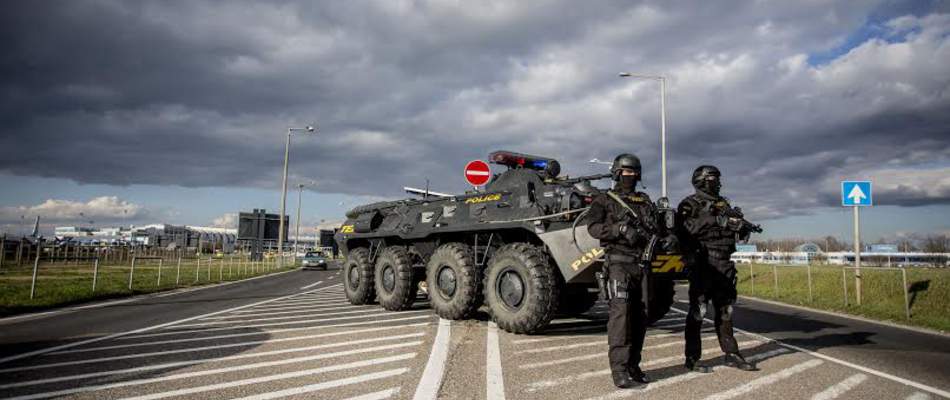Are people afraid to go outside at night in Hungary?
In 2022, Budapest stood as a bastion of security for the Hungarian population. However, a noteworthy shift has occurred by 2023. What percentage of Hungarians really have a fear of venturing outside at night?
National trends
According to Pénzcentrum, recent statistics from the Hungarian Statistical Office (KSH) reveal a shocking decline in the overall sense of security among the population. While in 2022, 85% of Hungarians felt safe on the streets after dark, this proportion has fallen to 83.6% in 2023. Interestingly, this marks a dip even below the 2021 figures, indicating a broader trend in diminishing feelings of safety. Also, contrary to expectations, it is the villagers who now find themselves feeling more secure in their surroundings.
Urban decline
The primary driver of this decline in perceived safety is the substantial drop in public confidence in public safety, particularly in Budapest and county capitals. Budapest, once the epitome of security with an 86% confidence rate in 2022, has witnessed a significant decline to 78% in 2023. Similarly, county capitals or cities with county rights experienced a decrease from 85.7% to 83.8%. This urban decay in perceived safety is a concerning trend for metropolitan areas.
Rural resilience
Contrary to the urban narrative, smaller towns and villages have seen an increase in the public’s perception of safety. In cities, 84.4% of the population feels safer on the streets after dark, compared to 84.6% in towns and a notable 85.4% in villages. Although the village figure is higher than in 2022, it falls short of the 2021 statistics. This rural resilience suggests a unique dynamic in the perception of safety in Hungary.
Data over the years
Examining the data over the years provides additional context. In 2022, Budapest, previously the safest city, witnessed a sharp increase in people feeling unsafe after dark. In 2021, it was the villagers who reported the highest sense of safety at 86%, compared to 84.9% in Budapest. However, across all settlement types in 2021-2022, at least 8 out of 10 people felt safer walking in public spaces after dark, reflecting a consistent, if slightly diminishing, sense of security. The sudden reversal in perceptions has positioned Budapest as the least safe city in 2023, highlighting the volatility of public sentiment.
For more statistics about Hungary, read our article about Hungarian retail sales or the latest census data that unveiled Budapest’s foreign population.
Source: Pénzcentrum
please make a donation here
Hot news
Top Hungary news: train derailed, huge tax against short-term rentals, new train stations, Hungarians about the war, Dracula, cocktail bars — 21 October, 2024
Hungarian research could yield breakthrough in Covid-19 treatment
5+1 stylish cocktail bars in Budapest to explore with your friends after a long day
Railway stations in major Hungarian cities to be completely rebuilt with private capital
Young people planning armed attacks against protected persons in Hungary – US intelligence warns
Hungary, Laos agriculture ties strengthening: Minister Linkham Duangsavanh visits Budapest






2 Comments
Come on now. 1.4%? That’s not even within any meaningful margin of error. I have poor eyesight and wear a kipa, but I feel perfectly safe being out in Budapest anytime day or night. I would NEVER do that in the West, even in a smaller town, let alone a bigger city. Young immigrant men glowering at you, hopped-up youth gangs just itching to stab you, no-one willing to help you if you do get assaulted but instead filming it on their phones… No, thanks. A huge reason I picked Budapest to live in is its safety.
Yes, margin of error… and no analysis of reporting locals/tourists and more or fewer reports?